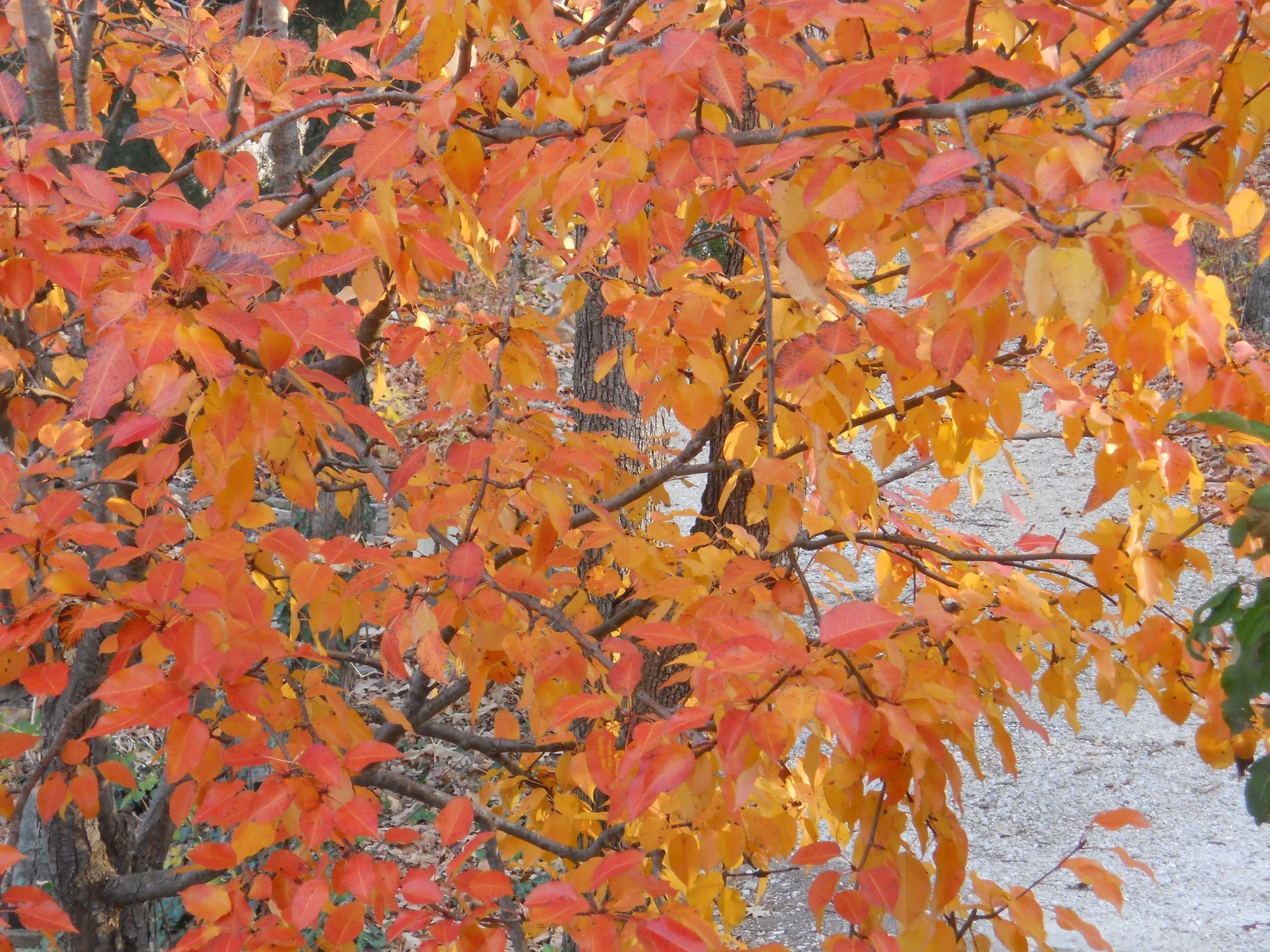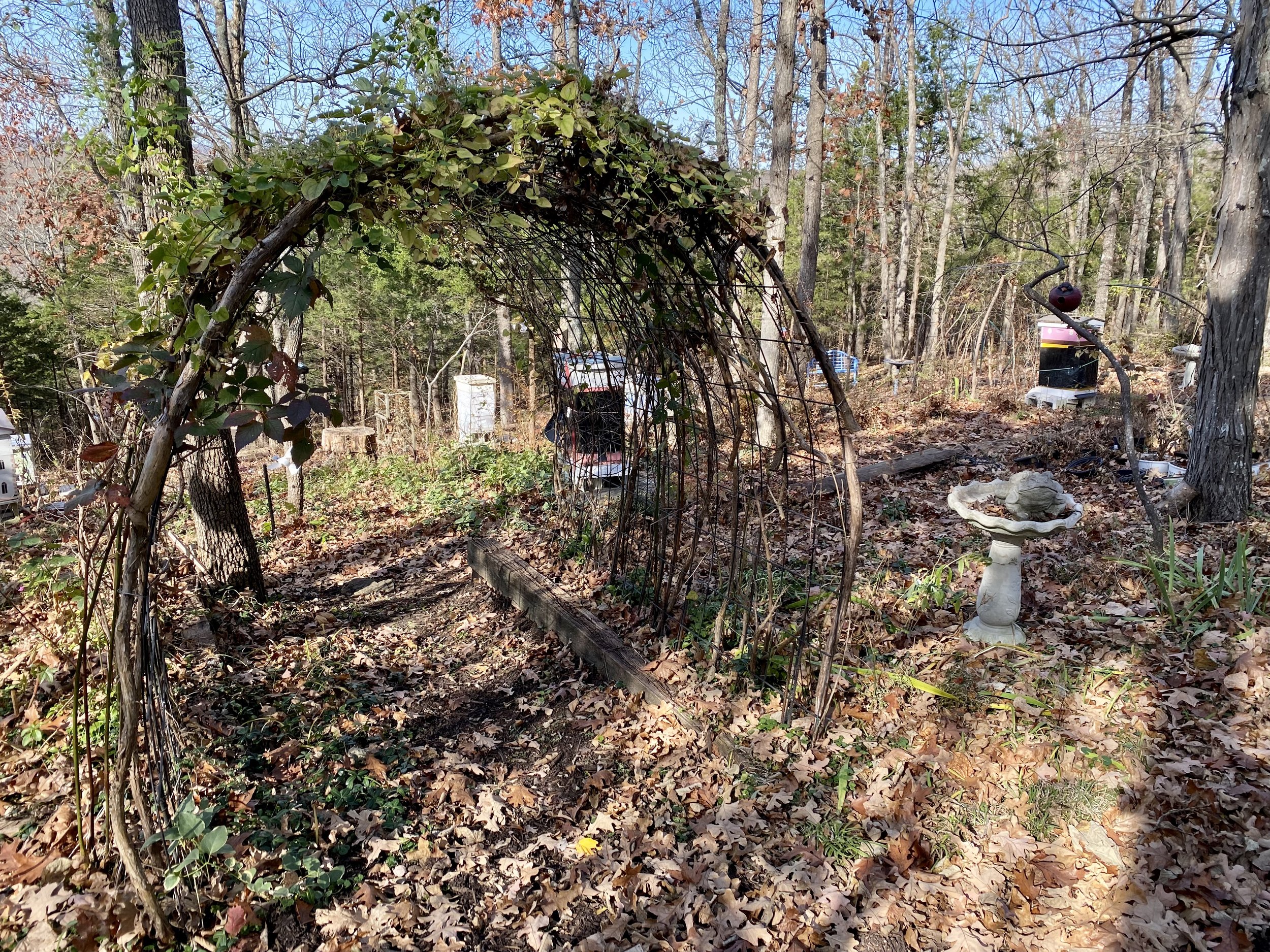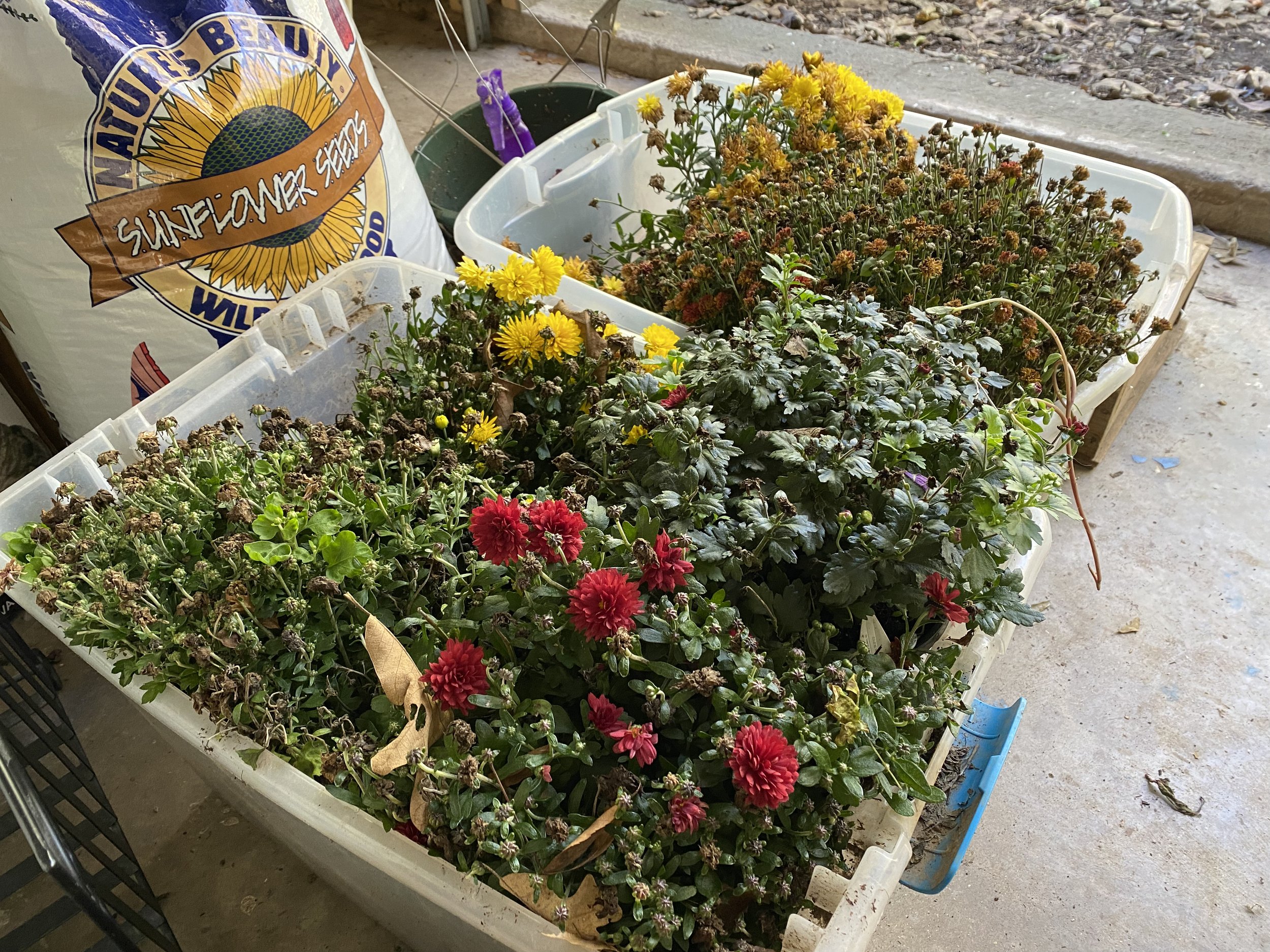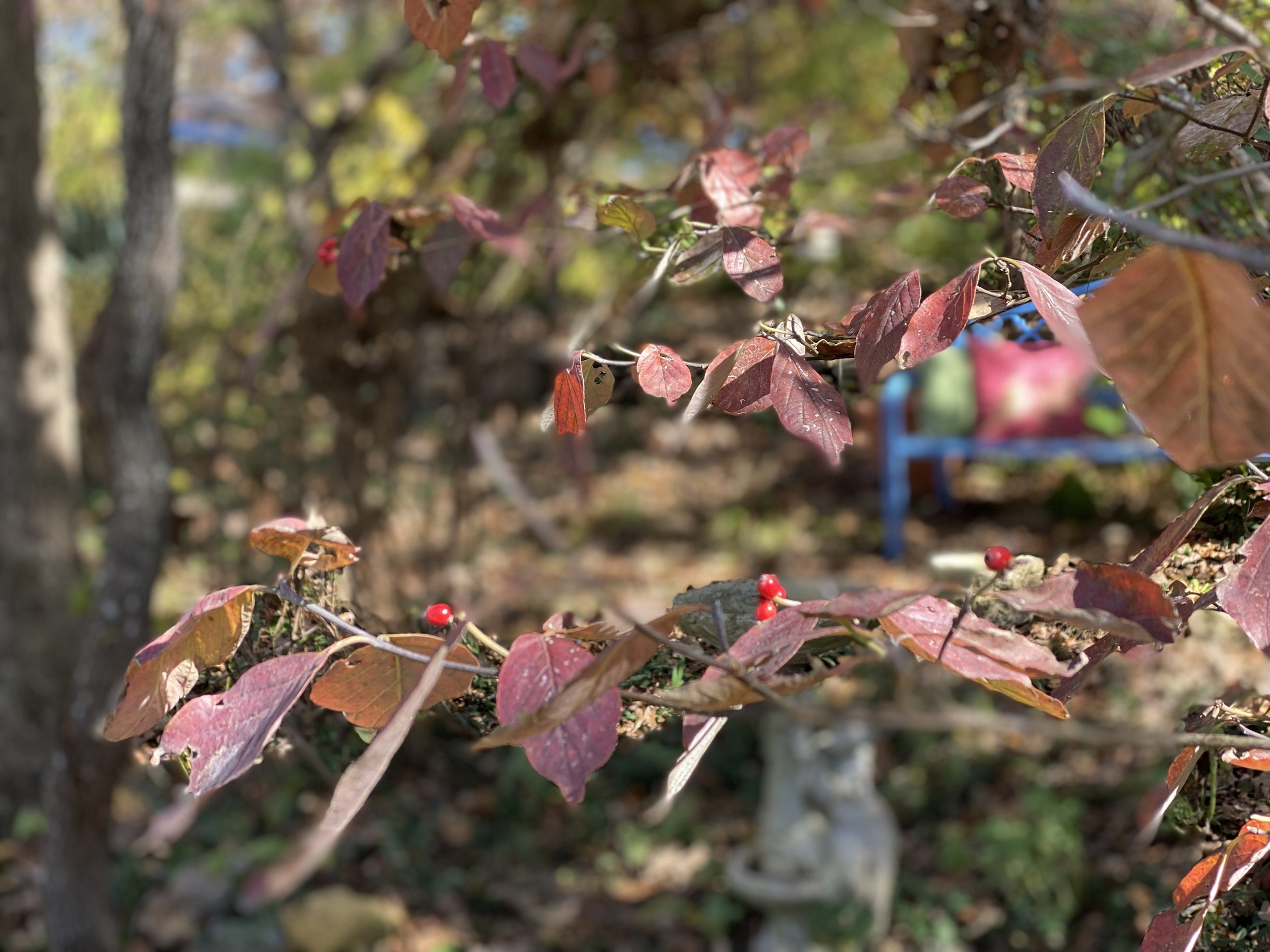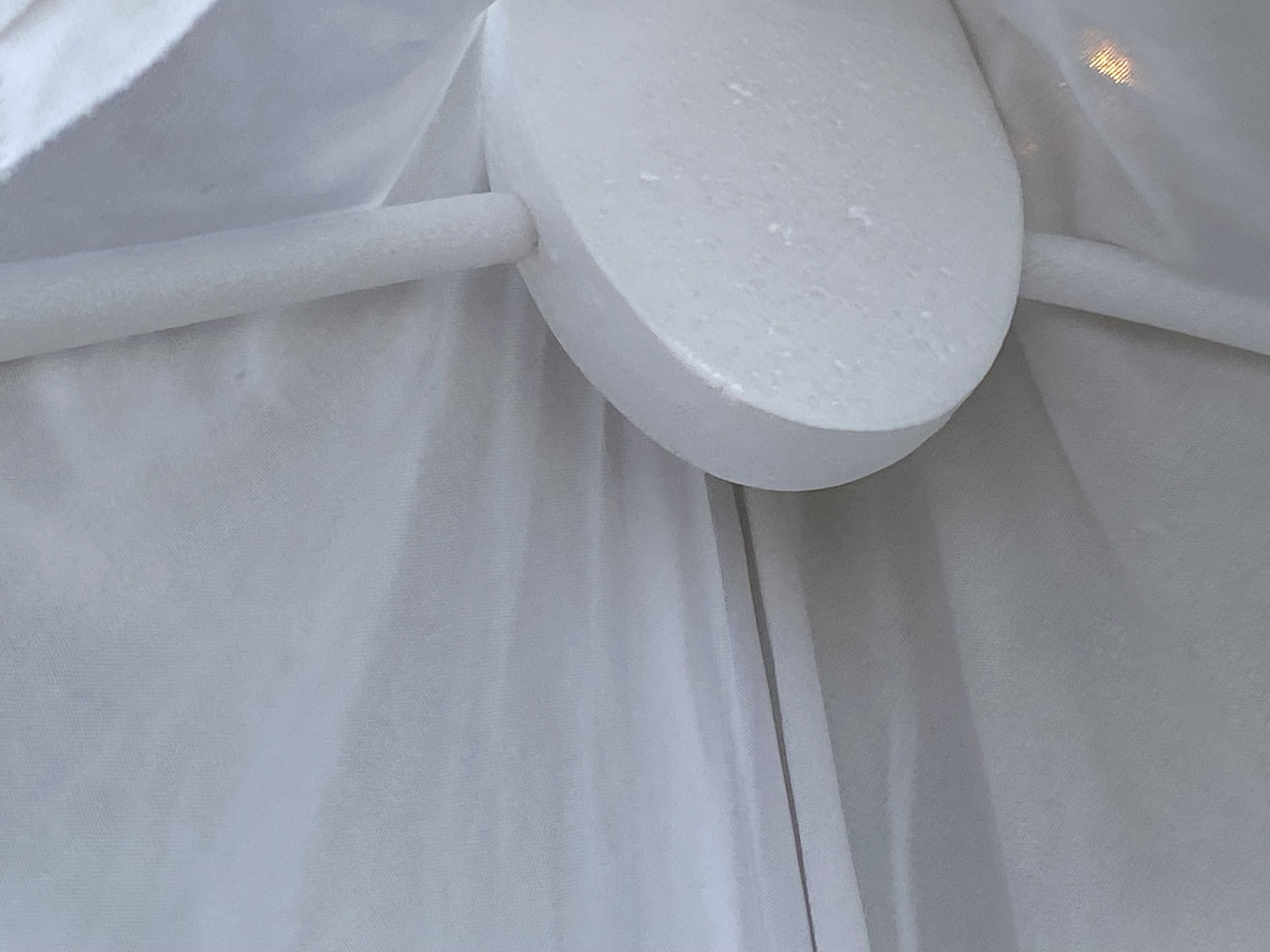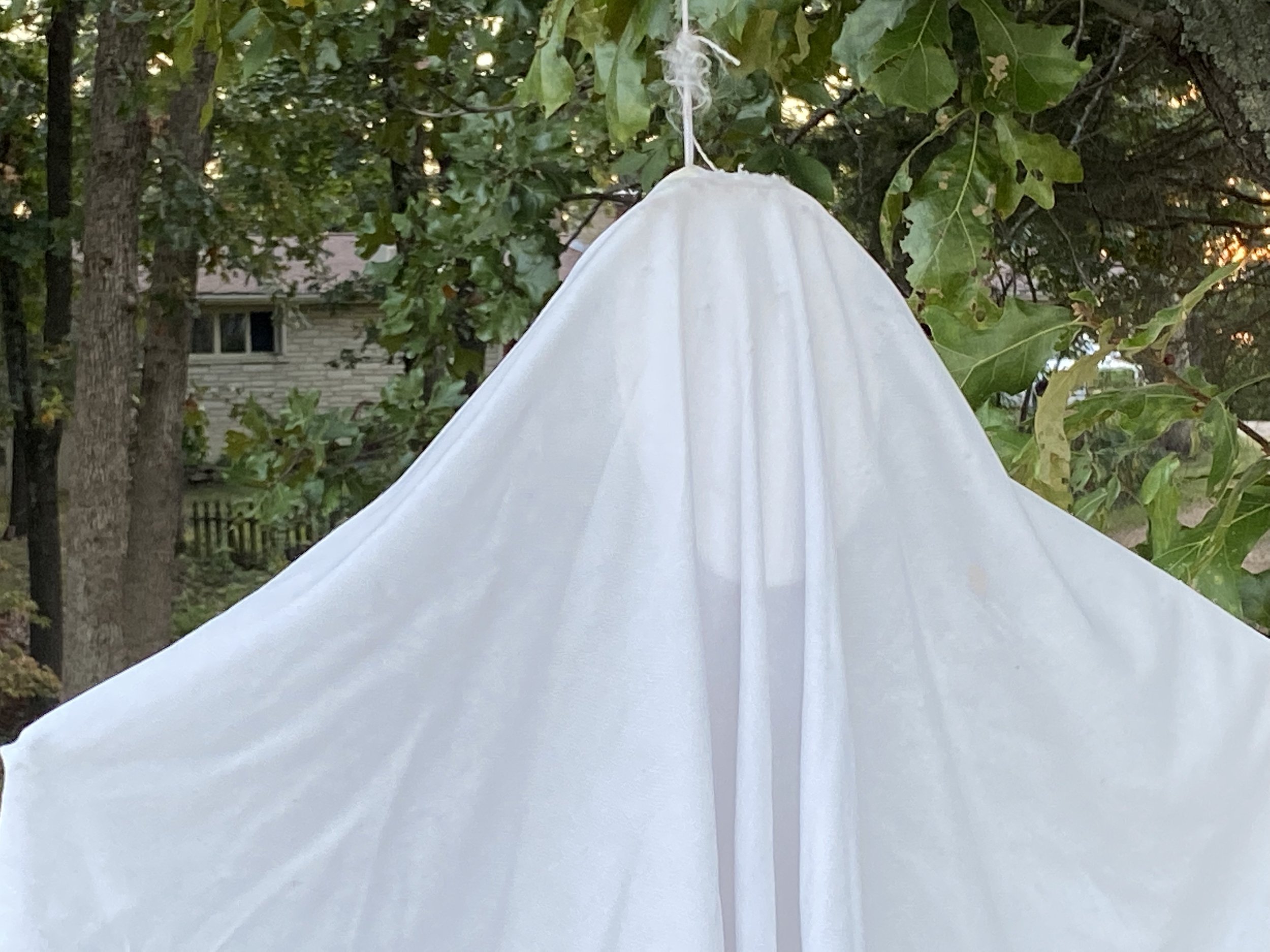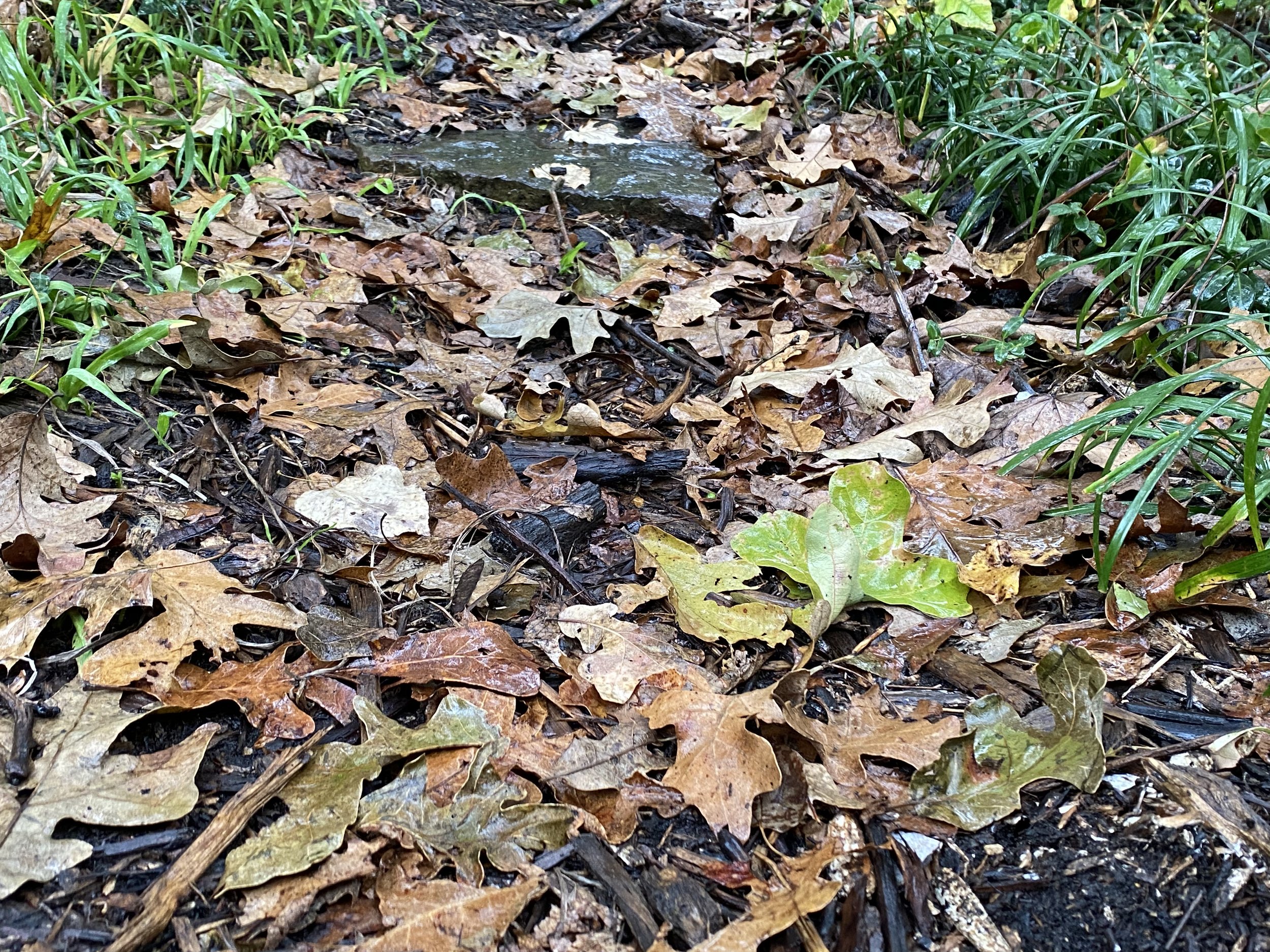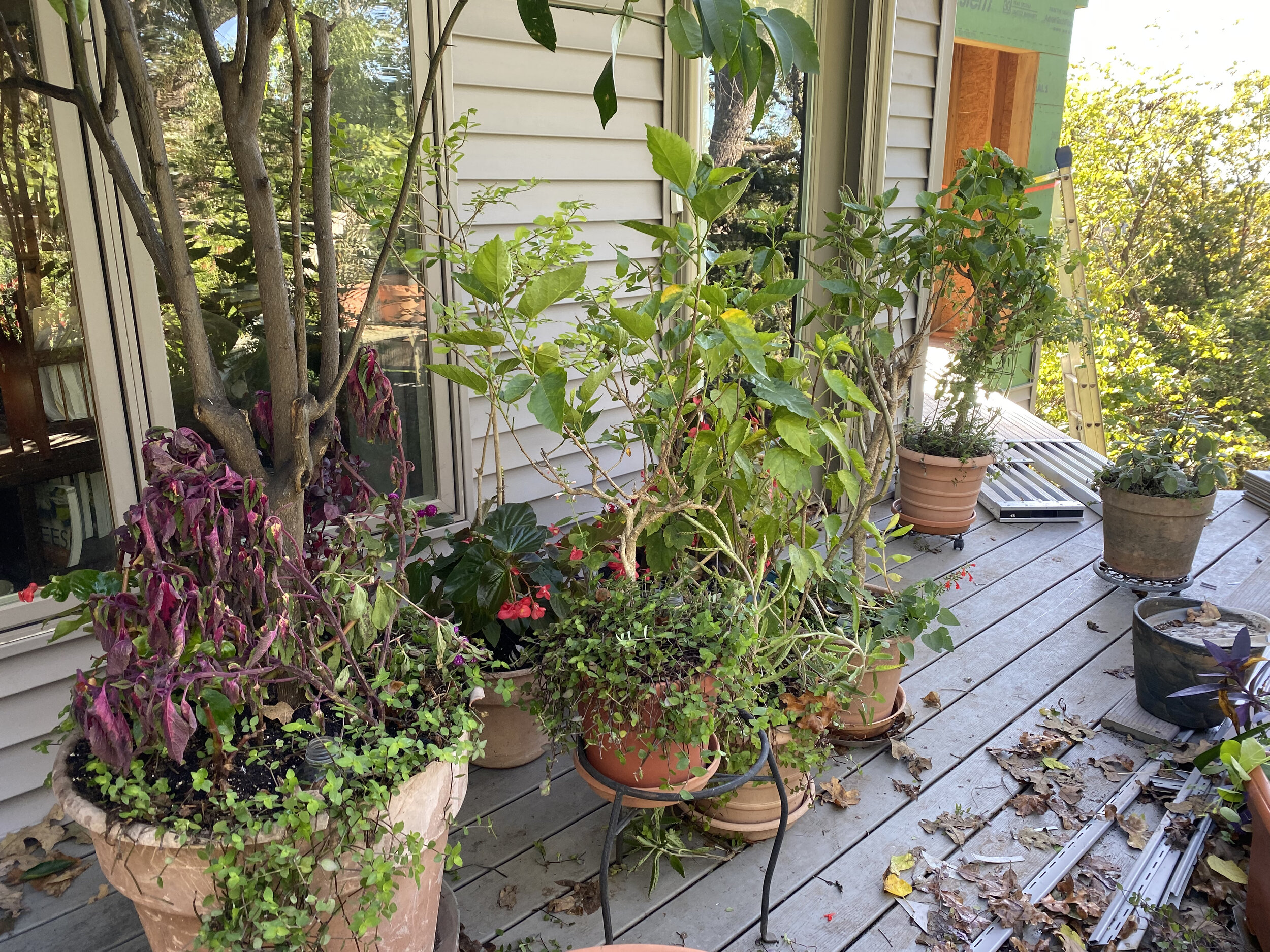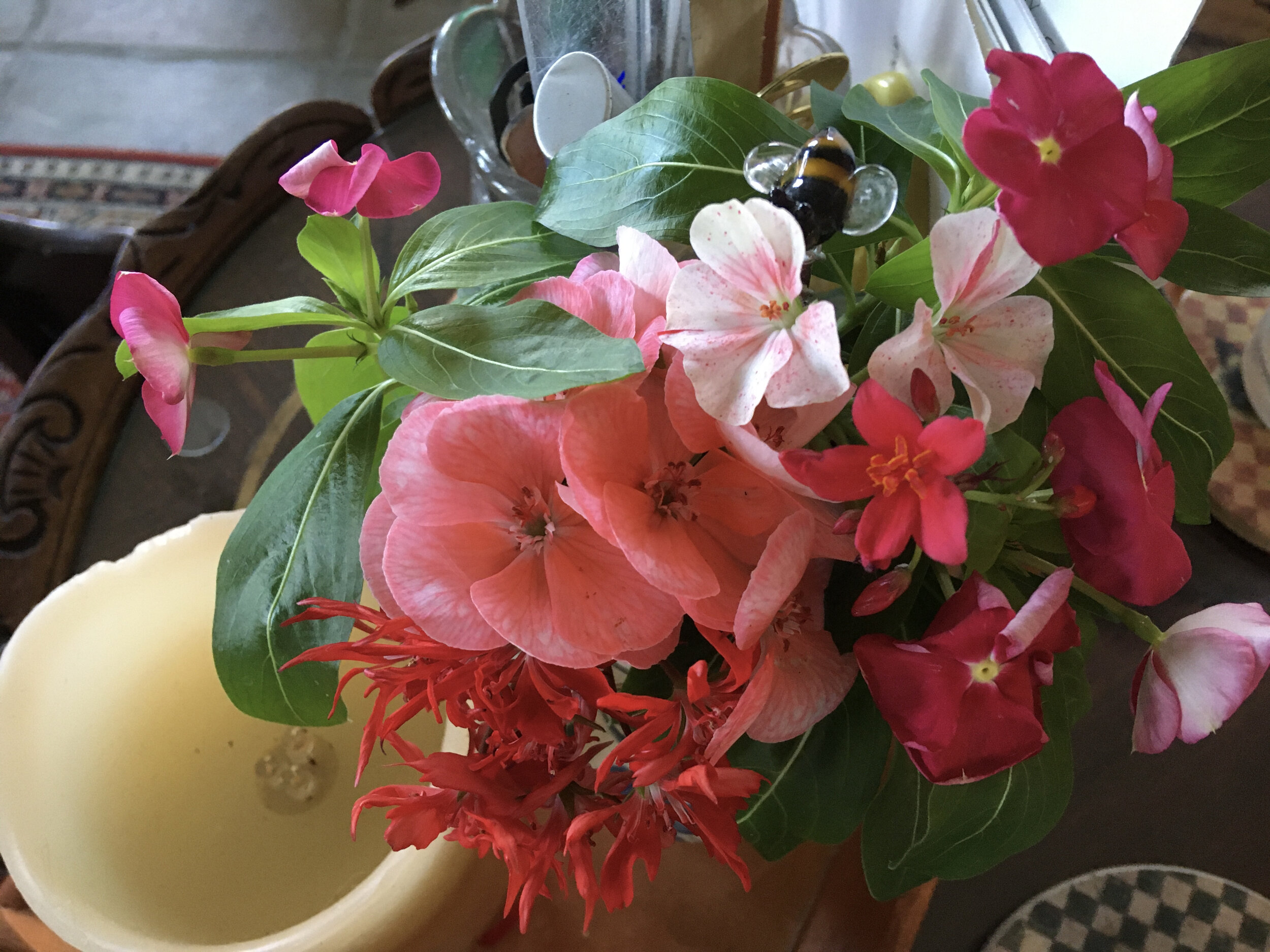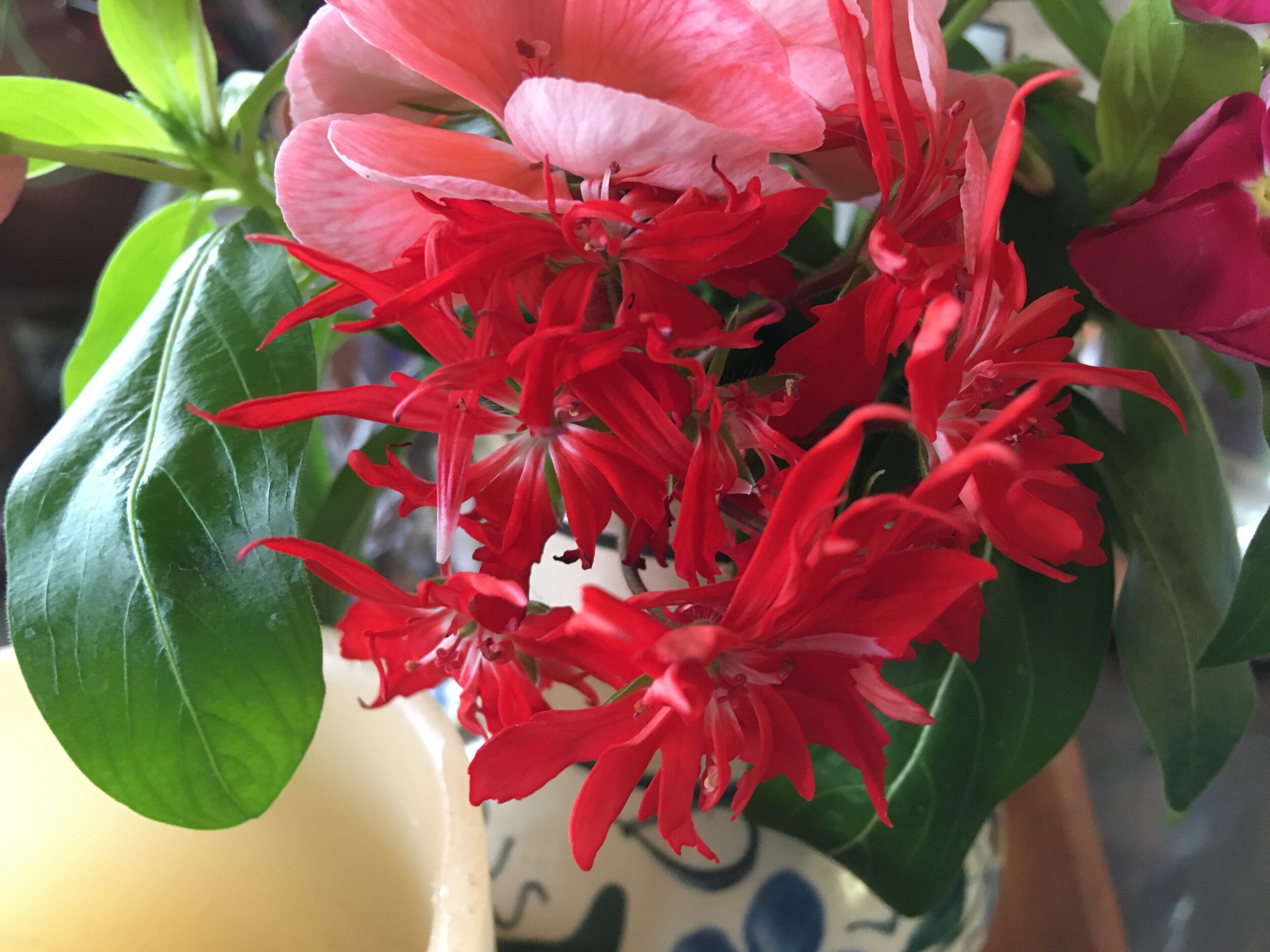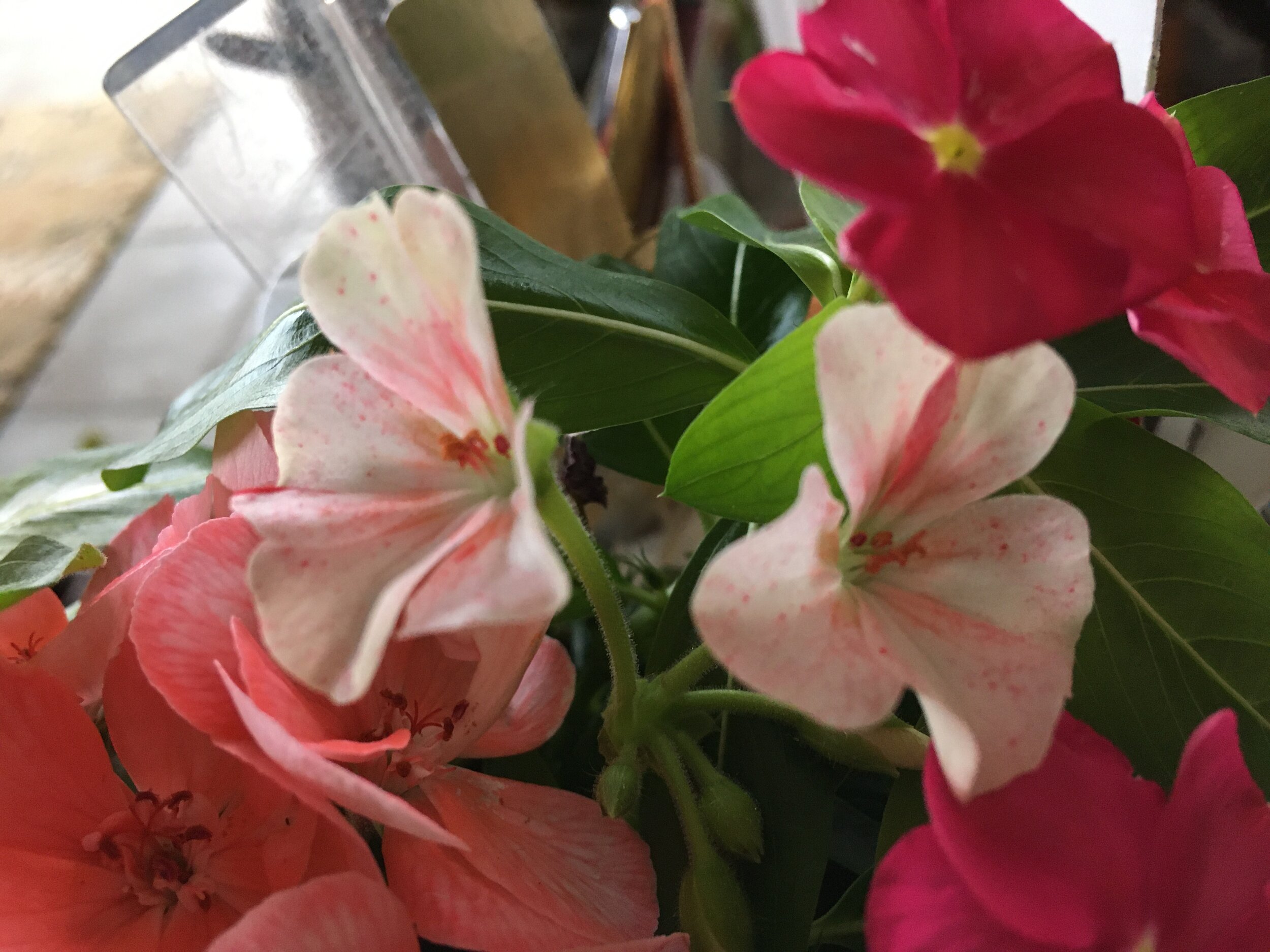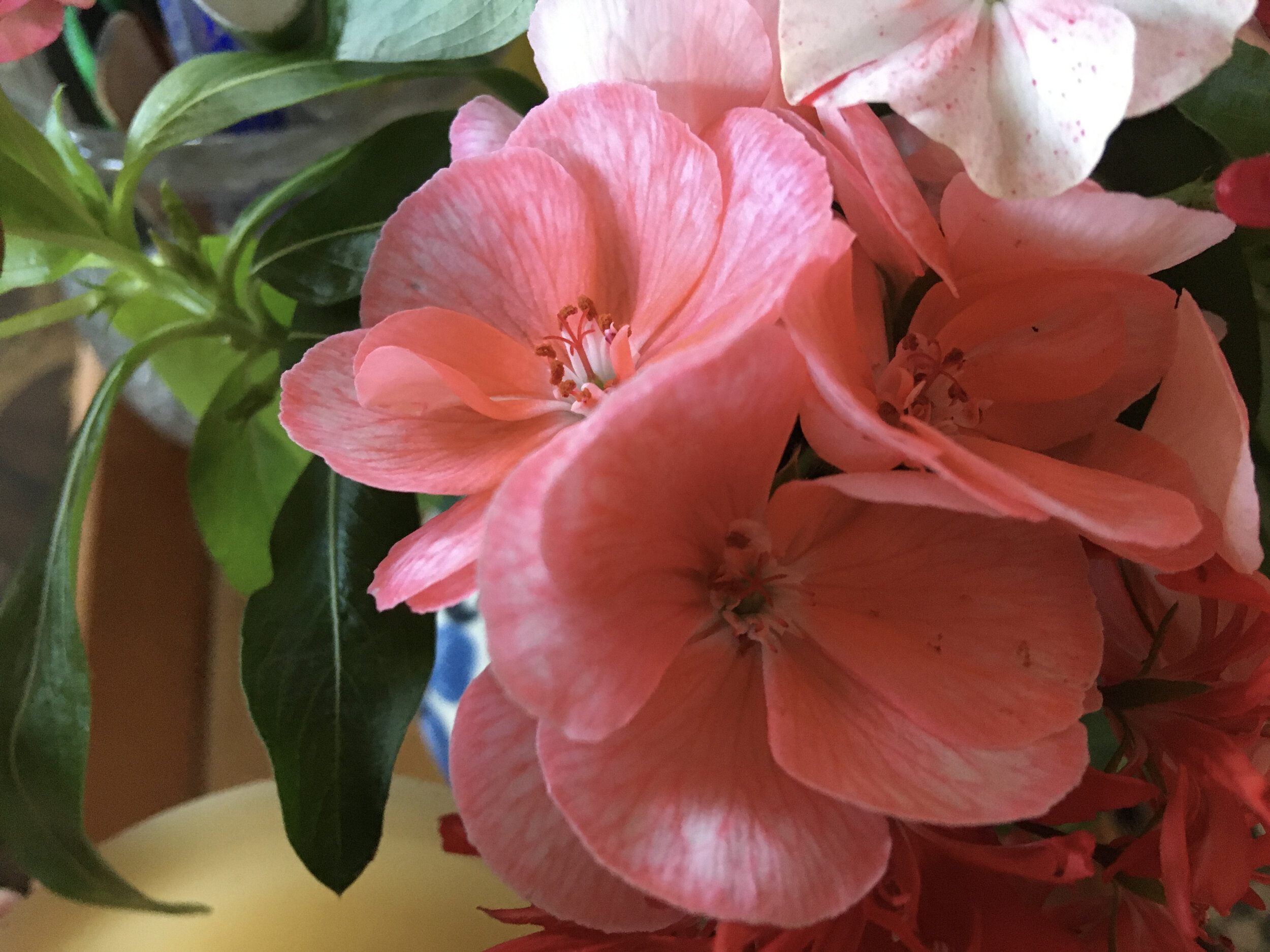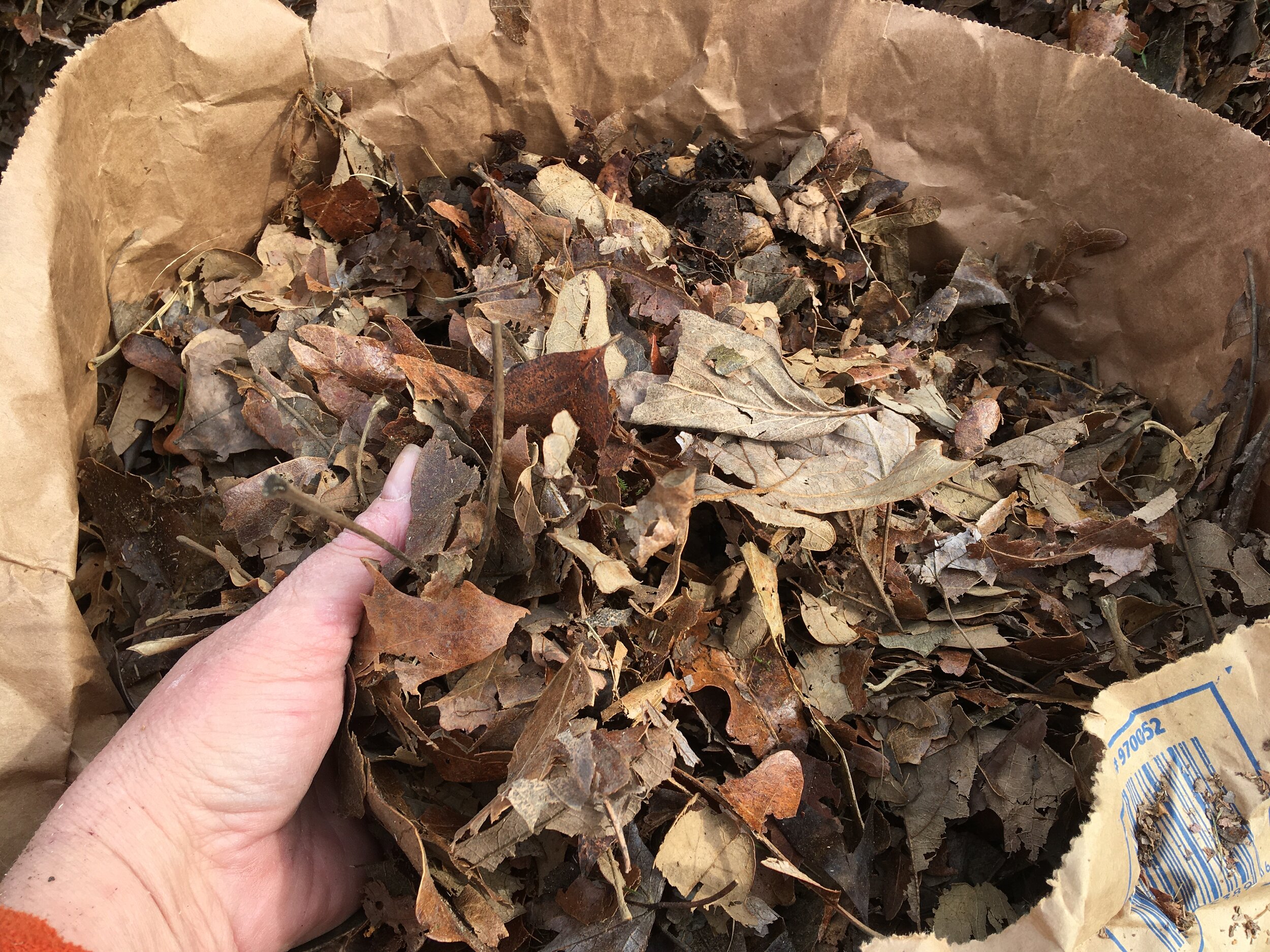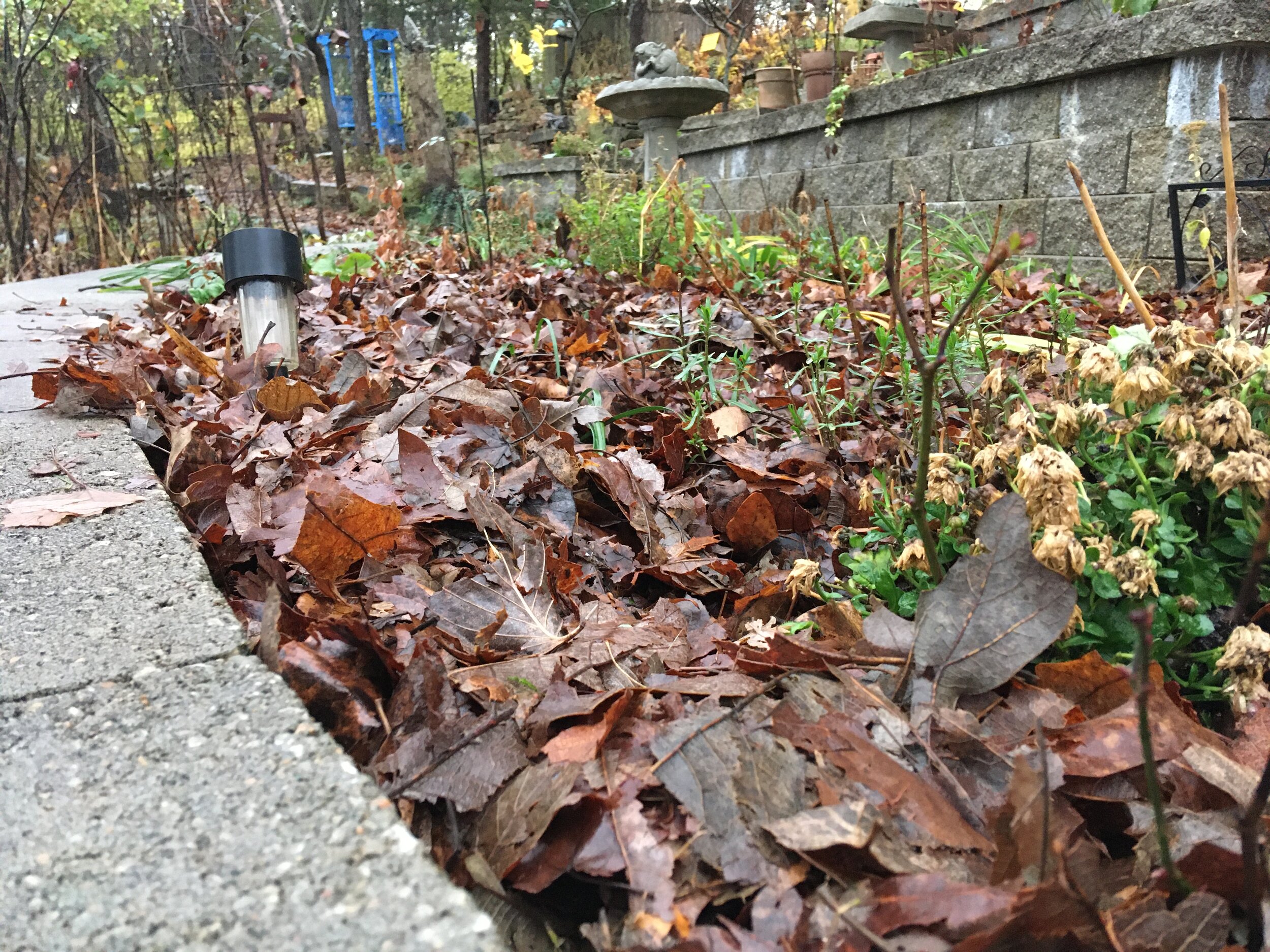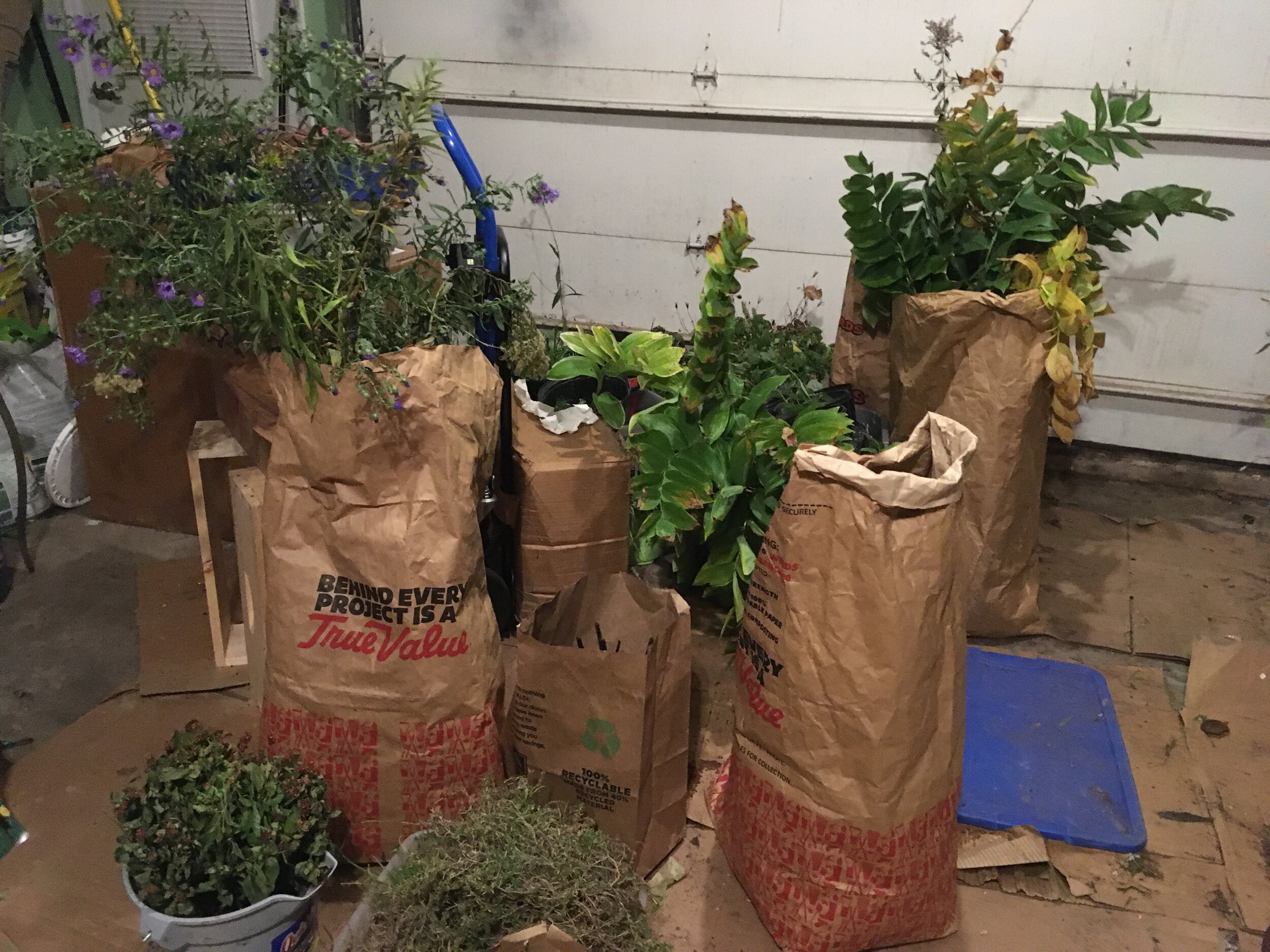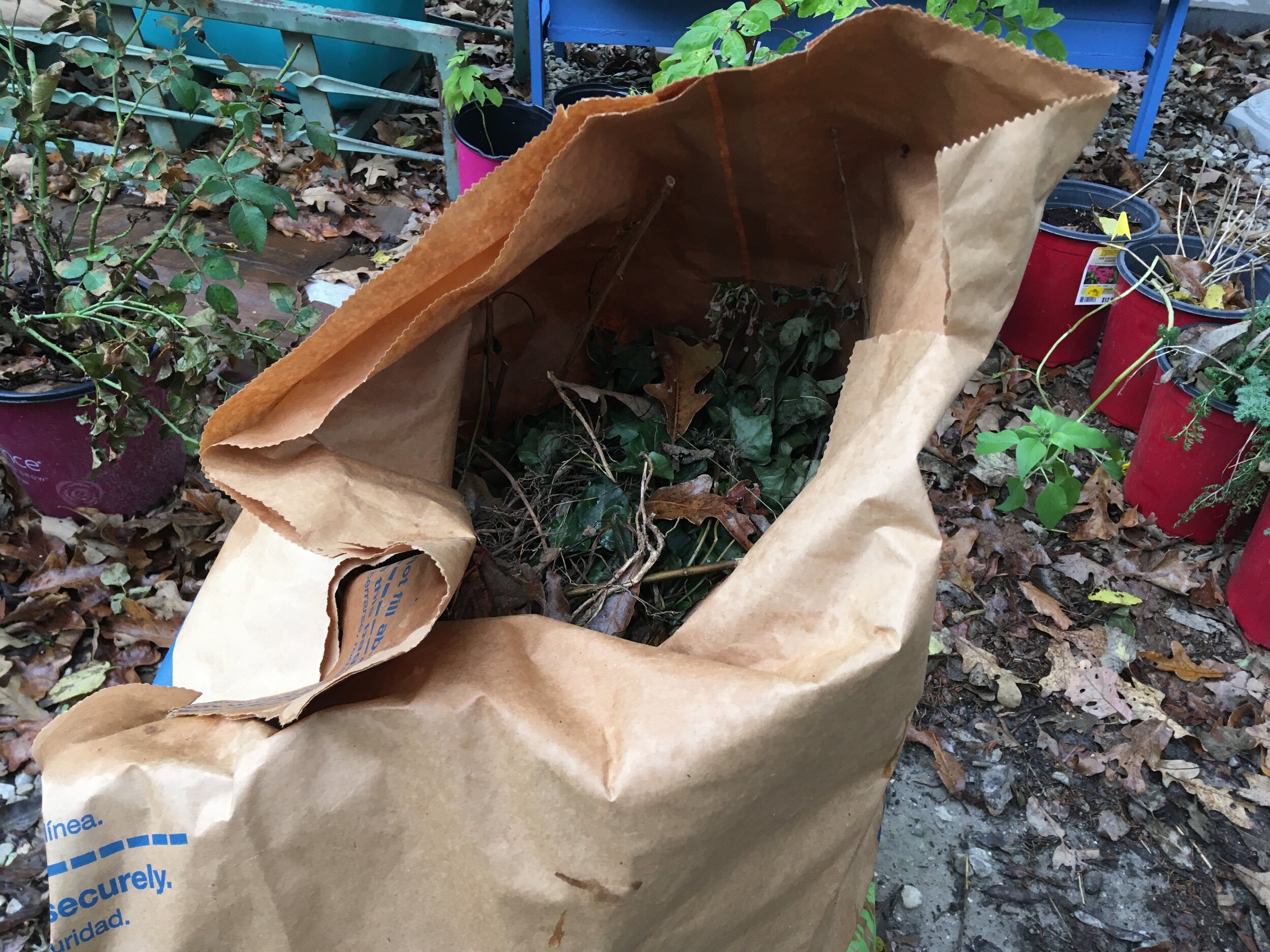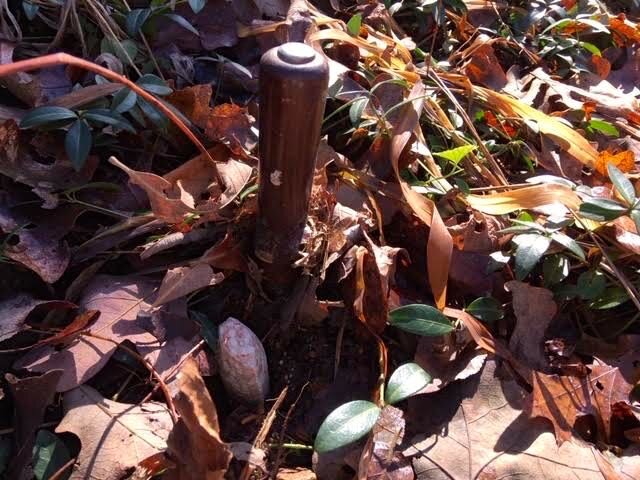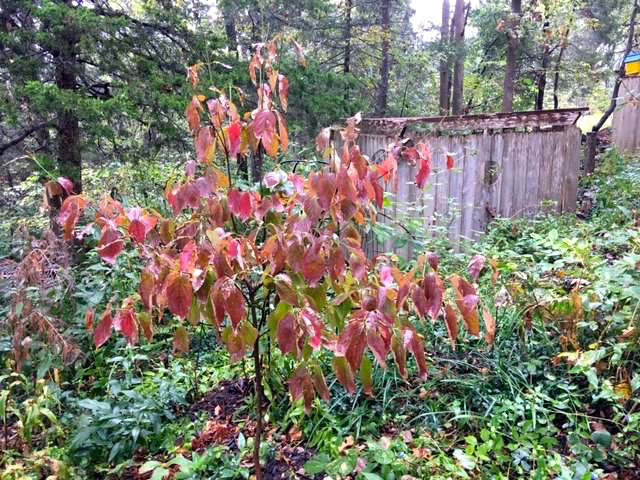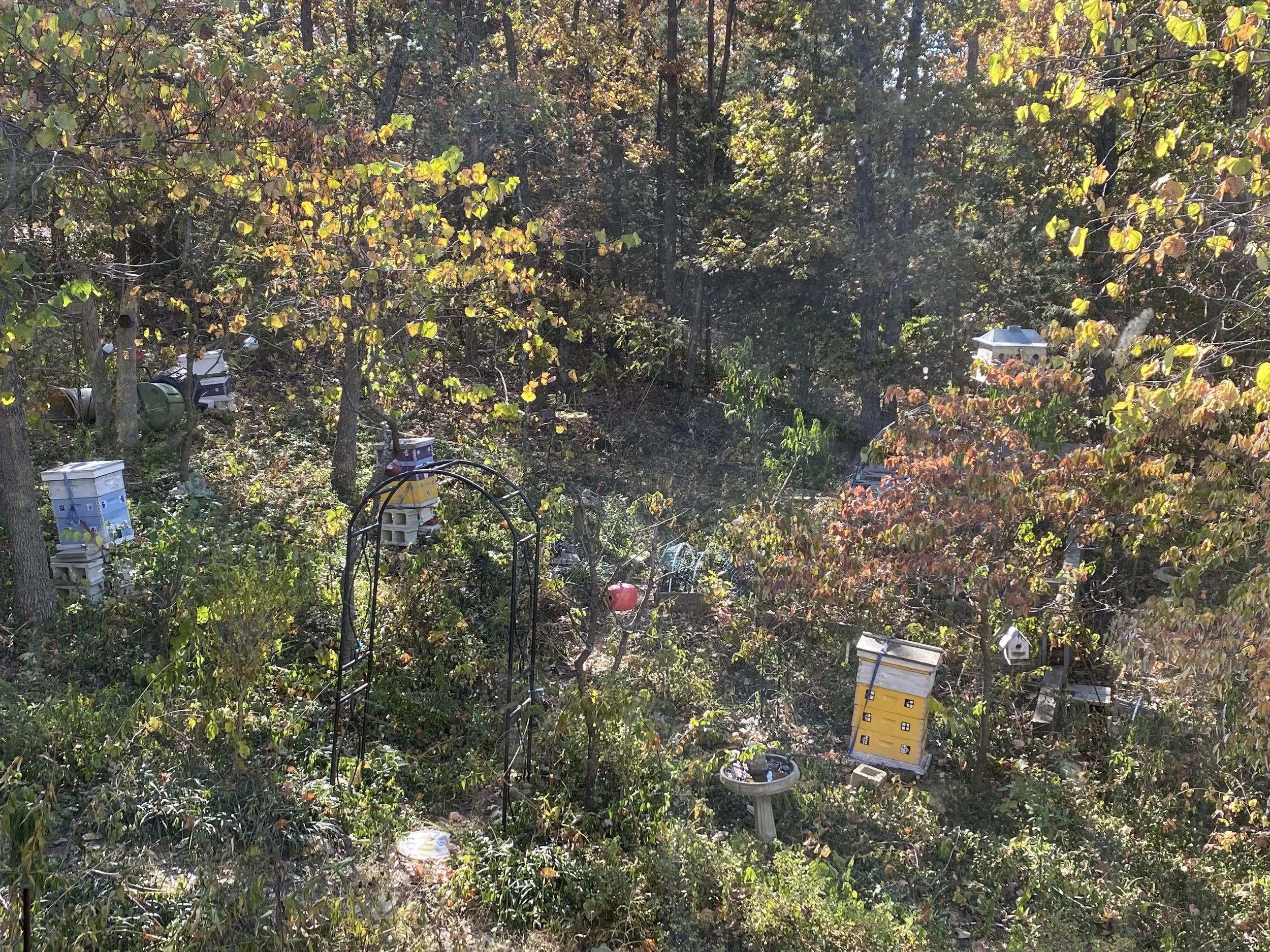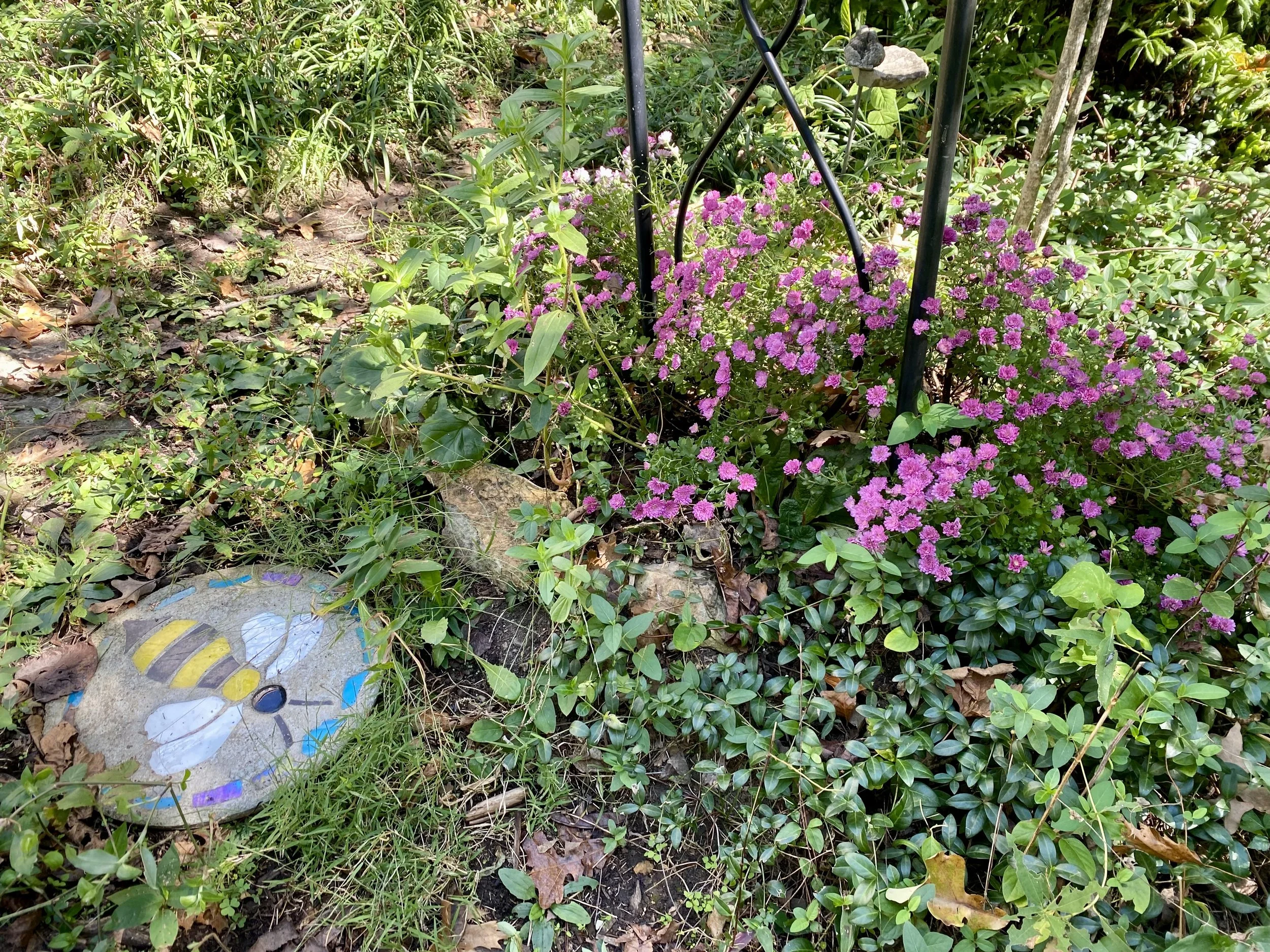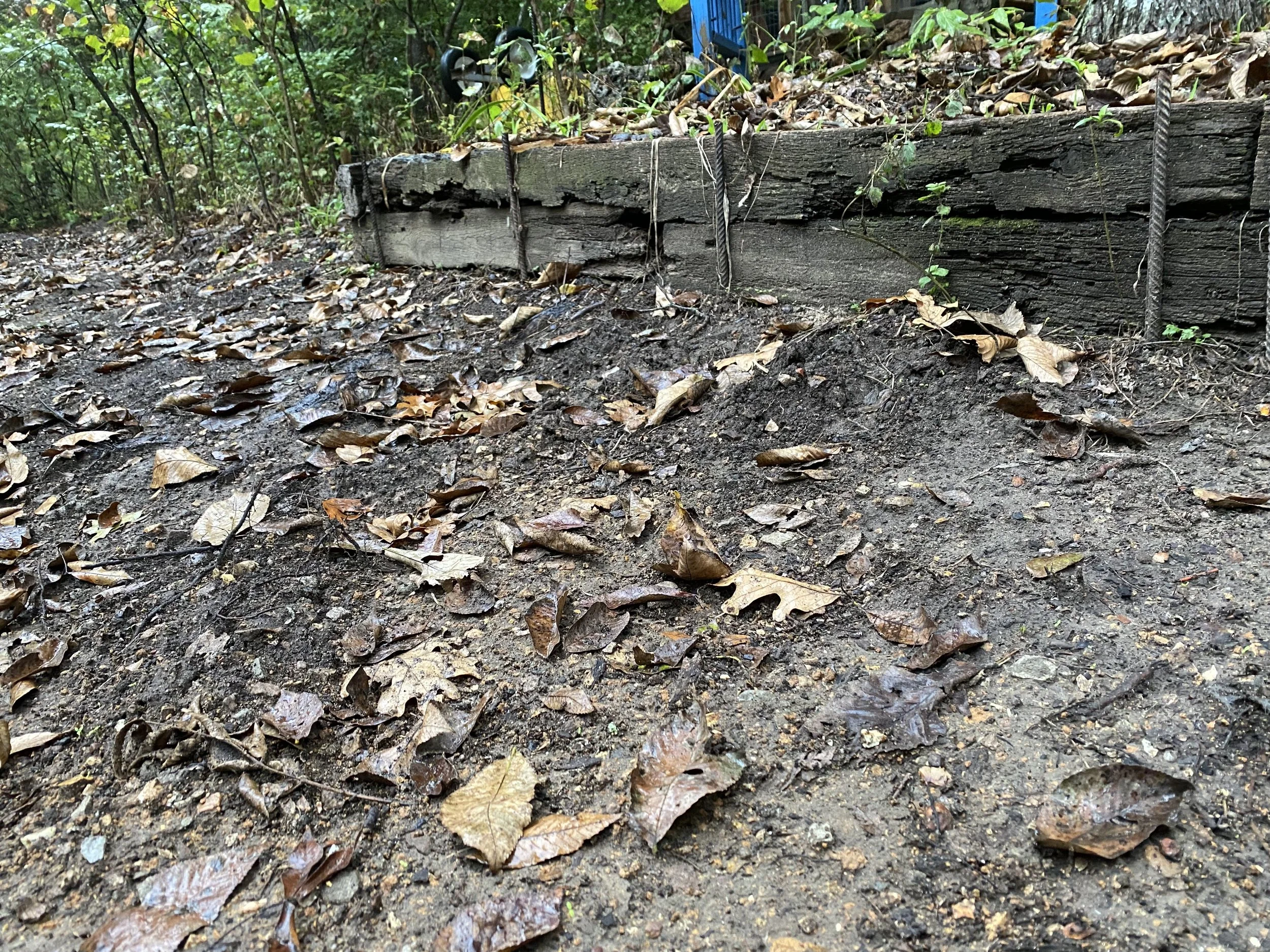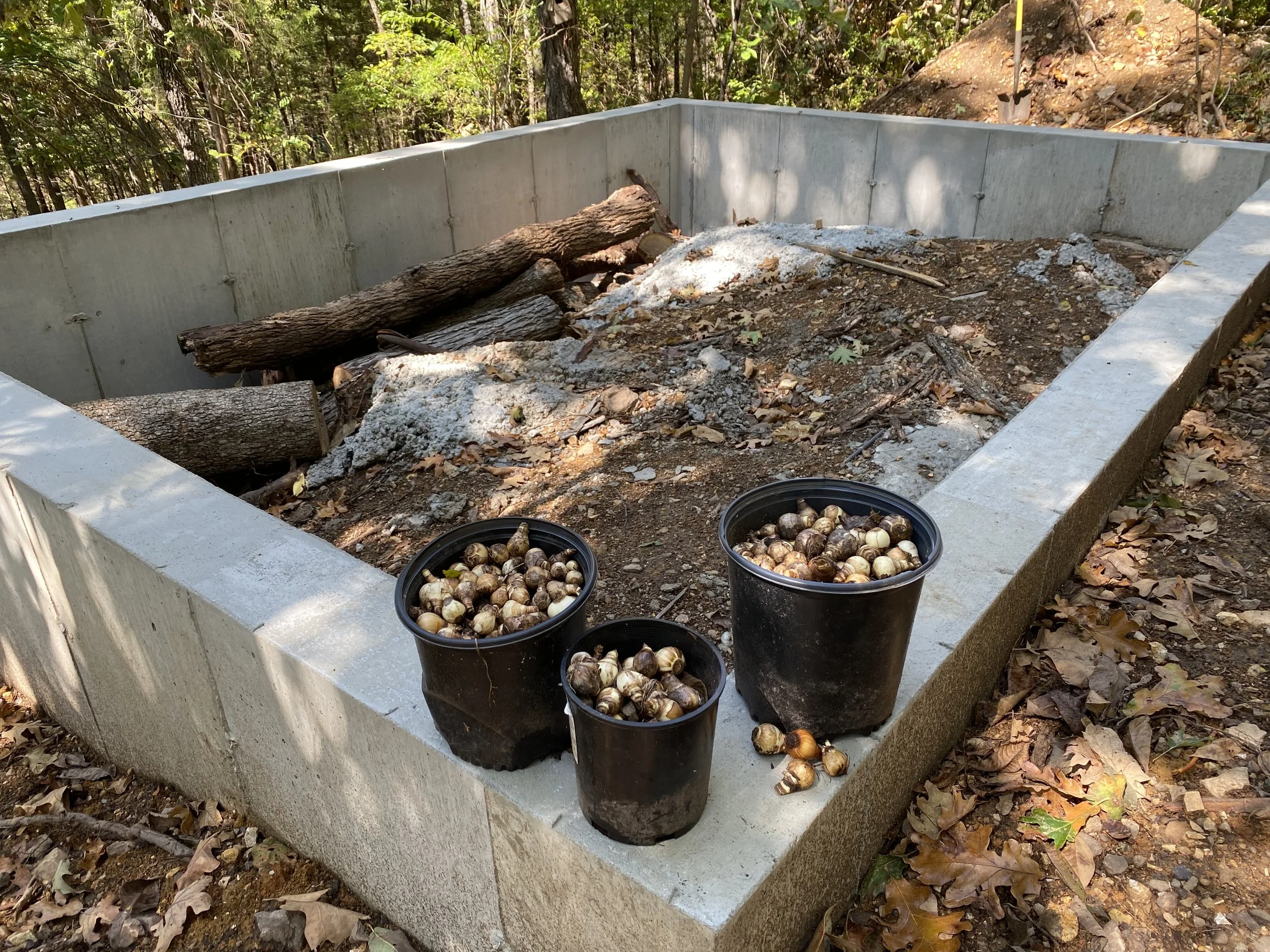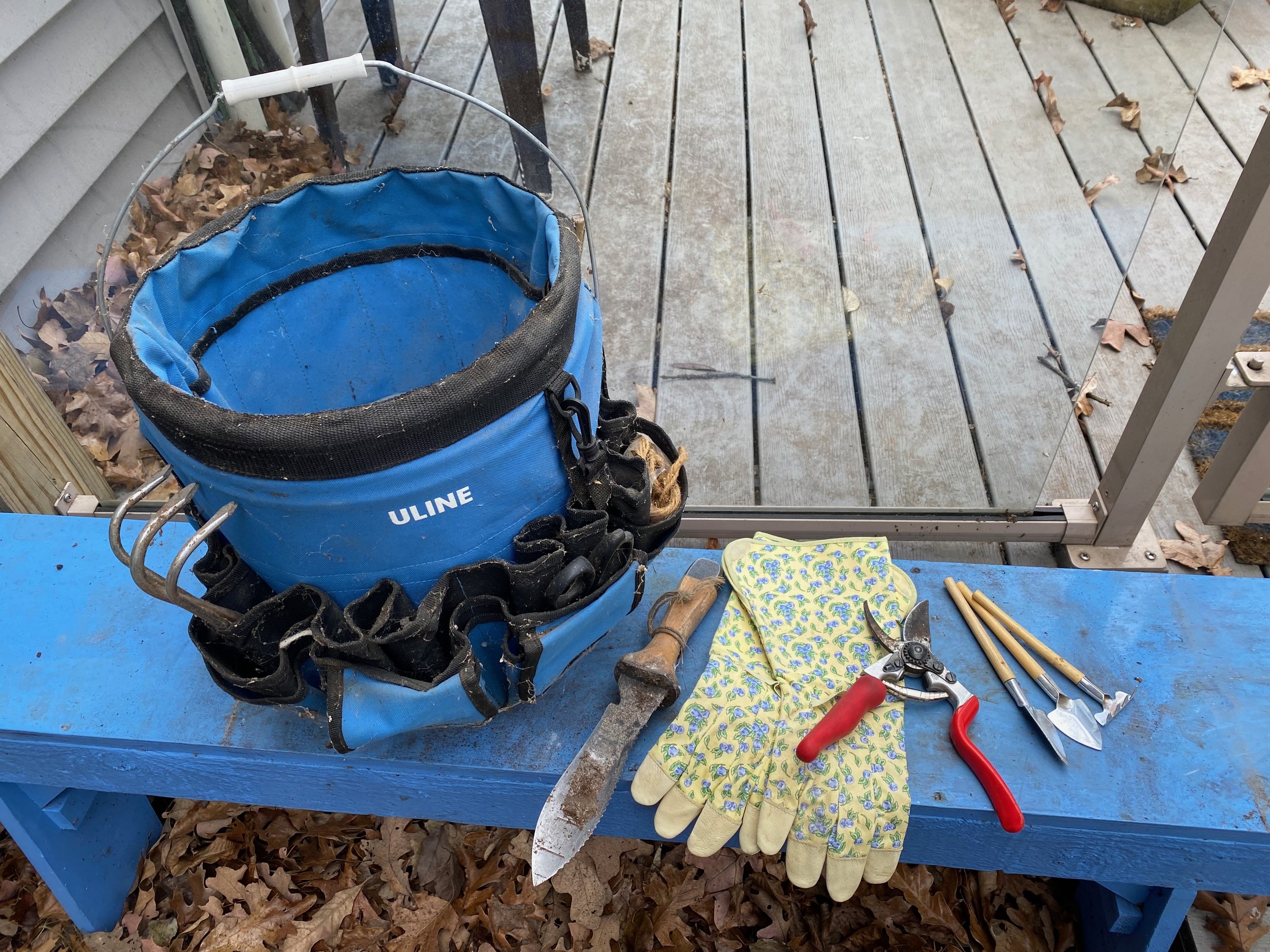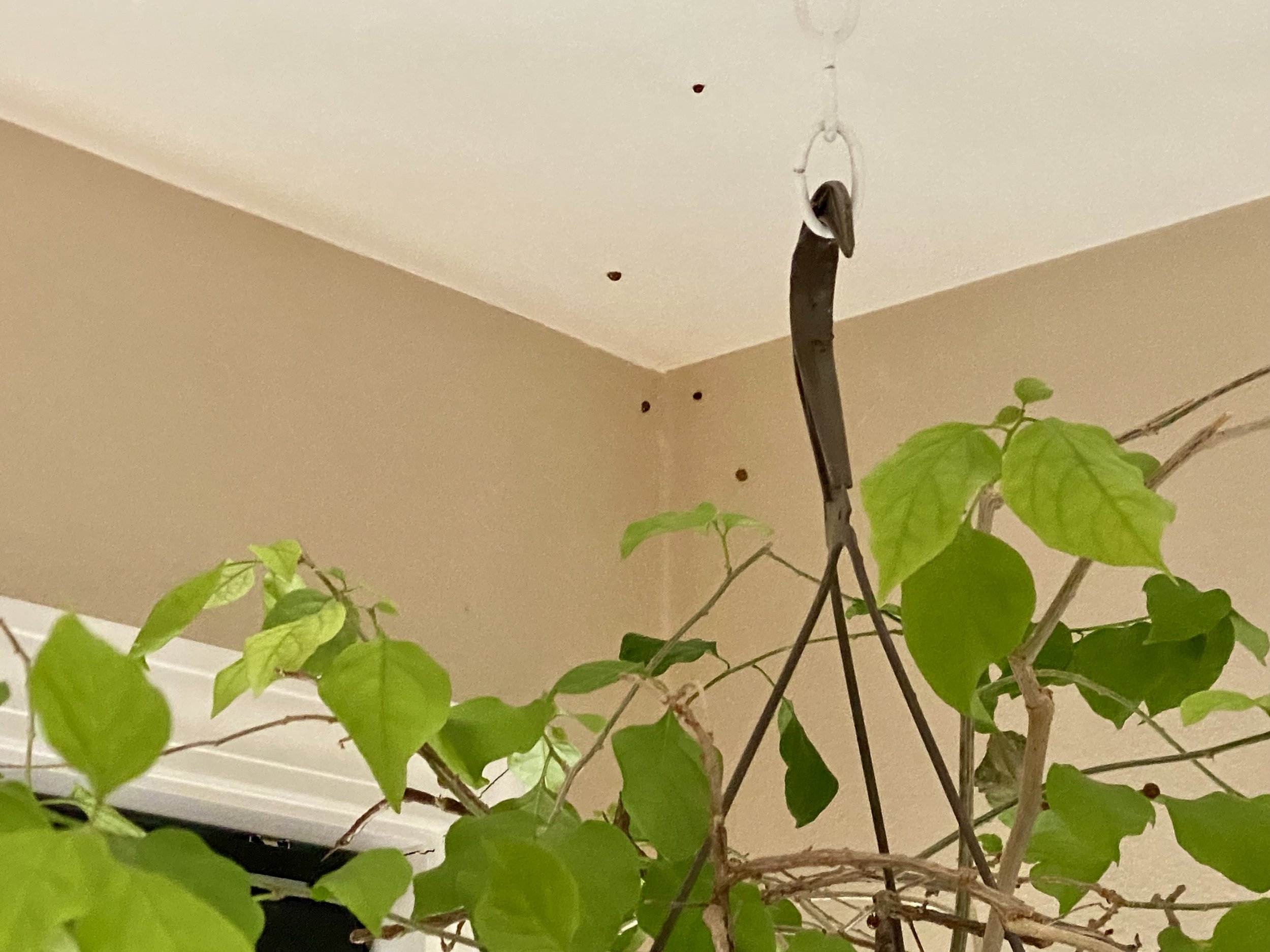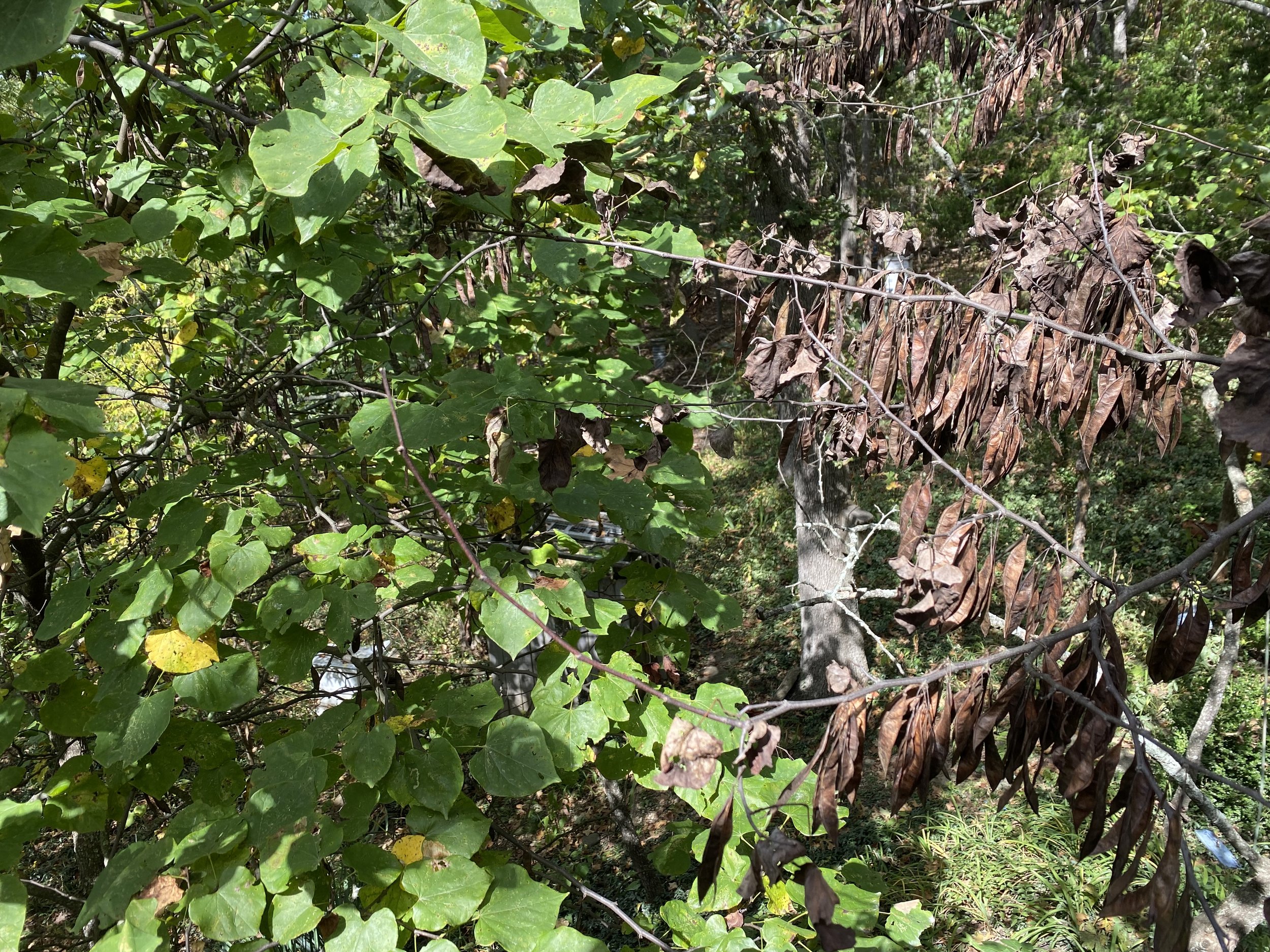Compost Autumn Clematis
/Autumn clematis vines in one of my composters. (Photo by Charlotte Ekker Wiggins)
Compost Autumn Clematis
I have a soft spot for climbers and especially the beauty and scent of autumn clematis. Although beautiful, they are not native to my Missouri USDA Hardiness zone 5 garden.
The challenge is that these hardy perennial vines can easily get out of hand and take over; I see hillsides covered in them mid-summer. As a responsible gardener, if I am going to plant them then I need to keep them in check.
Autumn clematis growing on my cattle panel arbors. (Photo by Charlotte Ekker Wiggins
During the growing season, I keep them trimmed and bushy. They grow over several bent cattle panels forming arbors over hillside pathways.
Once they bloom and before they go to seed, I cut the autumn clematis vines to soil level and compost. The idea is to prevent them from spreading where they aren’t welcome.
The best option would be not to plant these at all and find something as pretty and interesting but less invasive.
Let’s see what I can find for next year.
